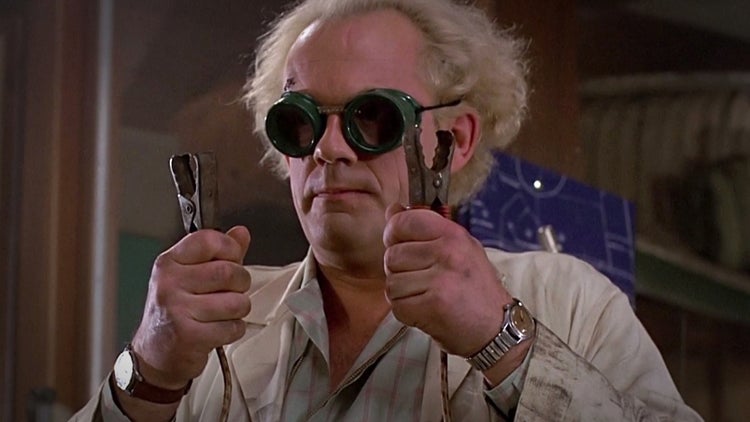I have spent a lot of time and consternation considering the problem of the anesthetist technician and the apathy exhibited by this type of practitioner. I believe this lackadaisical attitude springs from a root problem which lies in the nurse psyche. Nurses are issued orders and warned against thinking and acting too freely (so as not to cross the line into the practice of medicine). Also, no one tells a nurse that they can be a scientist, thus enabling them to realize and practice within this paradigm. Additionally, many nurses who want to be CRNAs seem to just be reaching for the brass ring. Once it is in their hand, many just hang on until retirement, sometimes loosely. Physicians, on the other hand, are extremely driven individuals considered by society and trained to consider themselves as scientist.
Well, I too consider myself a scientist. I had to study anatomy, physiology, chemistry, physics, pharmacology, math, statistics, etc. to achieve my degree. Once I became a CRNA, the study didn't just stop. I still read textbooks, journals, and the internet to stay abreast of the ever changing advances in our field. I attend meetings and am a member of forums such as the Learn to Sleep Google group and Yahoo’s Clinical Anesthesia forum to learn from others, and hopefully teach when the opportunity presents itself.
Like a scientist, I develop hypotheses on a daily basis regarding my patient and some deviation from their normal homeostatic state. I then test this hypothesis with an appropriate clinical action. Then, I collect data and analyze it to determine if my educated guess was right. Based on these results, I gather knowledge and learn. I know this is happening because I am developing better clinical judgment and avoiding some problems that I used to have to fix (or at least anticipating the problems that I have no power over and will have to address, i.e. surgical blood loss).
There's an old saying "you are what you eat". I agree, but take this axiom one step further. I think that you are what you consume. All anesthetist consume science and the scientific method on a daily basis, whether we realize it or not. So, once we clearly see ourselves as what we are, perhaps we will hold ourselves to a higher standard of knowledge acquisition and retention. So, dust off those old books, read your AANA journal, join an online forum or discussion group and embrace that scientist inside.
